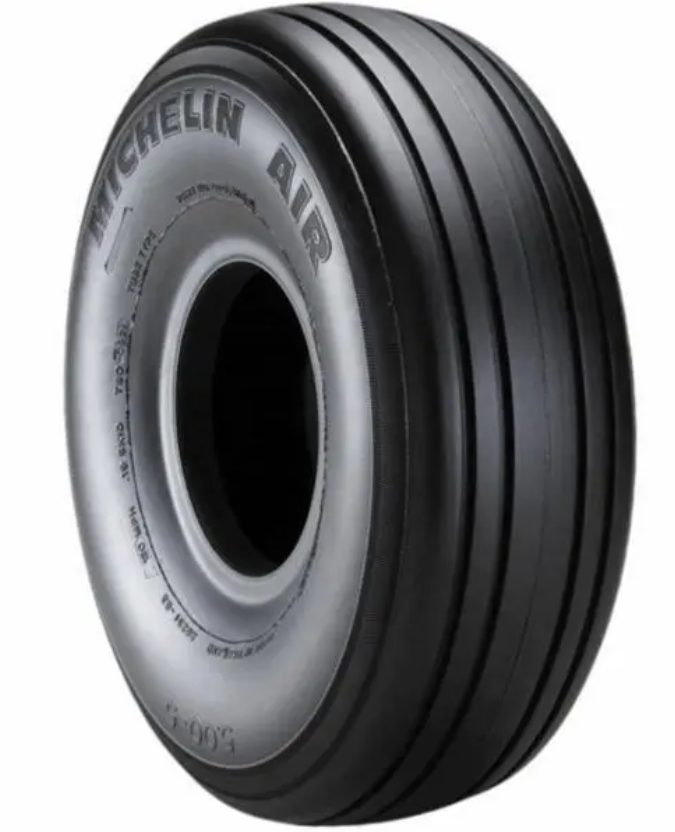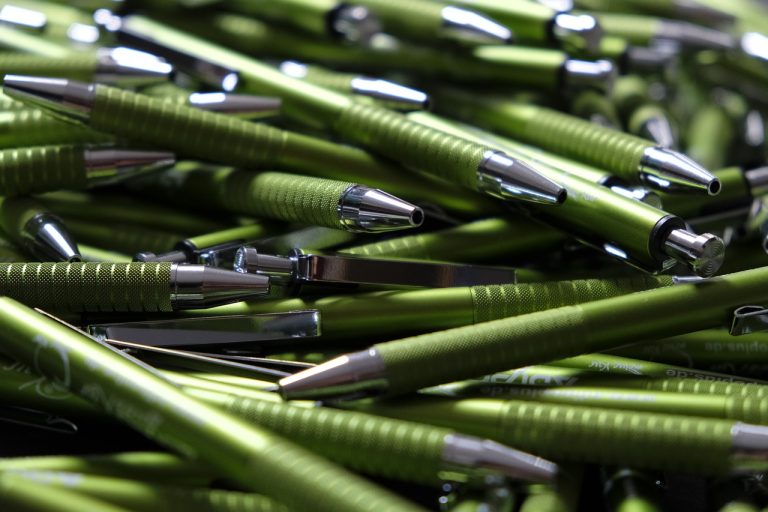Key Features of Durable and Reliable Aviation Tires
Aviation tires are unheralded heroes of the skies. Each landing and takeoff puts immense stress on these specially engineered tires, which bear the weight of multi-ton aircraft as they drop at over 150 miles per hour and must endure severe pressures and temperatures. Every flight is guaranteed to be effective and safe thanks to their meticulous engineering.
Advanced Integrity of Structure for Elevated Stress Tolerance
Aircraft tires must have superior structural integrity to withstand the extreme stress they endure during takeoff and landing, like for example, Michelin aircraft tires. Multiple layers of sturdy materials, including steel belts, aramid, and nylon, are used in the first stages of manufacture. Due to their great tensile strength and impact resistance, these materials are used to create a strong structure that can endure the pressures involved in flight operations.
By carefully bonding one layer to the next, a composite structure is created that properly distributes stress throughout the tire, reducing localized wear and tear that may cause an early failure.
Thermal Management and Heat Resistance
One of aircraft tires’ most important properties is its capability to regulate and disperse heat. The friction created by high-speed contact with the runway may cause tires to achieve temperatures beyond 200 degrees Fahrenheit during landing.
To counteract this, aerospace tires are made with specific materials and constructions that improve heat dispersion and increase thermal resistance. The tread compound, which is often a mixture of synthetic and natural rubbers, is designed to endure high temperatures without losing its effectiveness, guaranteeing reliable performance and security.
Retreadability and Increased Durability
Improved durability is a feature of aviation tires, which lets airlines operate more profitably and efficiently. Tire retreading several times throughout their service life is one of the important aspects that contribute to this longevity. By restoring the tire’s worn tread while maintaining the underlying structure, retreading may significantly increase the tire’s useful life.
Retreaded tires must adhere to the same safety and performance criteria as new tires, which is why this procedure is carefully monitored. Retreading is made easier by the design of aircraft tires, which have strong sidewalls and bead regions.
Tread Design Optimized for Maximum Traction
Aviation tires are designed with the best possible traction and safety in mind for a variety of runway conditions. In order to provide stability during takeoff, landing, and taxiing, the tread pattern is designed to offer superior traction on both dry and wet terrain.
In order to minimize the chance of hydroplaning and preserve touch with the runway surface, the tread’s deep channels and grooves aid in the efficient evacuation of water. The tread design is important not just for traction but also for wear resistance. The design of the pattern aims to uniformly distribute pressure on the tire, reducing uneven wear and increasing the tire’s lifespan.
Impact and Capacity to Support Loads
Aviation tires must be able to endure severe impact and load-bearing loads to carry an aircraft’s enormous weight during takeoff and landing. To withstand the heavy loads and shocks experienced during these activities, the tire’s structure has a robust bead core and reinforced sidewalls.
In order to provide stability and safety, the bead core, which is usually composed of high-strength steel, offers a strong connection to the wheel rim. The tire’s interior structure, which consists of many layers of high-strength materials, further improves its capacity to support huge weights. By distributing the stress uniformly, these layers lower the chance of structural collapse.
Extensive Examination and Guaranteed Excellence
Aviation tires must pass stringent quality assurance and testing procedures in order for them to fulfill the highest requirements for performance and safety. Extreme temperature swings, collisions at high speeds, and extended stress loads are just a few of the challenging circumstances that tires may encounter in real-world use.
A series of tests is performed on every tire to evaluate its performance under load, heat resistance, and structural integrity. Throughout the tire’s service life, quality assurance also includes routine maintenance and inspections. Airlines and maintenance teams regularly inspect their fleet for wear, corrosion, and other problems that can jeopardize safety.
Conclusion
The safety and effectiveness of air travel depend on aviation tires, which are designed to fulfill the strictest requirements for durability and dependability. Extensive testing and quality assurance procedures also ensure their dependability. Due to these vital characteristics, aviation tires are considered to be essential parts of the aviation sector, facilitating the safe and effective operation of aircraft all over the globe.







